Cost-cutting plans were backed to build a double-decker road crossing from Dundee to Fife on the surviving stumps of the ill-fated Tay Rail Bridge.
The multiple tiers would have been created with two lanes of traffic at different levels with “one running above each other in an opposite direction”.
The visionary town planner James Thomson first proposed making use of the foundations of the old rail bridge for a road crossing in 1918.
The idea was rejected by the Ministry of Transport but numerous campaigns were launched over the years to have a bridge built.
The problem was: there was no money available.
Could the bridge have been built for £3m?
The plan to utilise the old piers was back on the table in September 1953 following a petition bearing 35,000 signatures urging the construction of a road bridge.
Lord Provost William Black said the petition highlighted the dissatisfaction that after 30 years of negotiation the bridge was “only on paper and on the shelf in Whitehall”.
“The first proposal was that the bridge should be built on the piers of the old rail bridge at a cost of less than £1 million,” he said.
“This was departed from in favour of one situated half-a-mile east, estimated to cost £3m, a figure which might now be £10m.”
Lord Provost Black said he thought the first suggestion to utilise the old piers should again be considered in view of the government’s reluctance to spend £10m.
“It would seem this could be built for less than £3m, leaving the financial agreements previously agreed upon to stand,” he said.
“Income from tolls would now be larger to meet the increased cost of maintenance.
“From reports it would appear that the piers of the first rail bridge were suitable with the defects being in the structural work and anchorages.
“These piers, if rebuilt or made good, would carry a suitable road bridge.
If such a bridge was found to be a practical solution of the problem, it would, in view of its moderate cost, be difficult for the government to ignore the insistent demand for this very necessary link in the road transport system of Scotland.”
Lord Provost William Black
“While this might be narrower than the one previously proposed, there was no reason why the two lanes of traffic should not be at different levels, one running above the other in an opposite direction.
“If necessary the ‘tie-in’ between the two bridges could be used as a footbridge, although I am not satisfied this is necessary.
“It might serve a more useful purpose if reserved for cycle traffic.
“If such a bridge was found to be a practical solution of the problem, it would, in view of its moderate cost, be difficult for the government to ignore the insistent demand for this very necessary link in the road transport system of Scotland.
“The fact that the rail bridge is now publicly owned and linked with the Ministry of Transport should facilitate practical proposals being carried into effect.”
Professor Bill Marshall gave his take on the issue when the Tay Road Bridge problems were discussed by St Andrews University’s engineering society in October 1953.
He said the surviving stumps from the Tay Bridge disaster of December 1879 would need a pretty thorough examination before putting a new bridge up on them.
They existed only for about two thirds of the way, although a further possibility was to “extend the existing rail bridge and have a road bridge attached to it”.
A further possibility mooted by Professor Marshall was to extend the existing rail bridge and “cobble out” from each side to form a roadway on either side.
He would not say that was preferable to using the old piers because it would mean having a dual carriageway with difficulties in joining up at both ends.
The petition of 35,000 signatures was delivered to Westminster in December.
Hugh Molson MP, joint parliamentary secretary to the Ministry of Transport, said there was no money available to fund the Tay Road Bridge and wouldn’t be “for some years”.
He said: “We cannot regard such a bridge as a very high priority compared with the many other, more urgent schemes awaiting funds.
“If there is no money available for a Forth Road Bridge there is certainly not likely to be any for a Tay bridge.”
He said it would not be advisable for the minister to prepare plans for a bridge but the demand for a crossing over the Tay would continue to grow despite the blow.
A number of crossing designs were put forward in 1955 including plans to build a tunnel under the river; a tube; a causeway with centre span; a high-level bridge from Woodhaven; and a low-level bridge with a central span opening for river traffic.
The plan which was eventually approved was a bridge from Dundee to Newport with novel minimal design using modern materials at a bargain price of £3 million.
The Tay Road Bridge Joint Committee was formed with William Fairhurst chosen as project engineer and by 1960 his plans had been accepted.
Once Fairhurst’s design for the bridge was finalised, tenders for the work were invited and the firm of Duncan Logan was chosen, which was headed by son Willie.
On August 18 1966 the Tay Road Bridge was officially opened by the Queen Mother.
Work cost around £6 million and it was built with 140,000 tons of concrete, 4,600 tons of mild steel and 8,150 tons of structural steel.
A good look or an ugly monstrosity?
Could a double-decker bridge on the old stumps have worked, though?
Dundee University geologist Professor Rob Duck provided his thoughts on the plans.
He said: “I’ve read a bit about this proposal – in its day, an inspired idea.
“However, the original Tay Bridge, as you know, carried a single railway track so had the old piers been used to support a road bridge, it would – I guess – have been a single carriageway.
“But, in the 1950s no-one could have foreseen the exponential growth in road traffic that has since taken place.
“Despite the many justifiable criticisms levelled at Sir Thomas Bouch following the Tay Bridge disaster, it was the superstructure of his bridge that failed.
“That the bases of the piers are still largely in place after over 140 years – with zero maintenance and after being battered by numerous winter ice floes – does suggest that he got something right and overcame the problems of the Tay’s buried glacial valley to build strong, lasting foundations.
“In all likelihood, these would have been suitable to support a road crossing.”
How might the double-decker road bridge have turned out?
Craigavon Bridge is one of only a few double-decker road bridges in Europe and has been connecting the Waterside and the Bogside in Derry since 1933.
A good look?
Professor Duck said: “I suspect that had this proposal gone ahead, the structure would have been an ugly monstrosity, difficult to maintain and totally unsuitable for the needs of even 1970s road traffic.
“Were it still standing today it would likely be a grotesque folly, I reckon.”
More like this:
How Thomas The Tank Engine inspired US author to complete new novel on Tay Rail Bridge disaster
India’s Golden Bridge will forever be linked with the Tay Rail Bridge Disaster
Dundee showbiz boss speaks of regret that folk duo didn’t walk the Tay Road Bridge to success
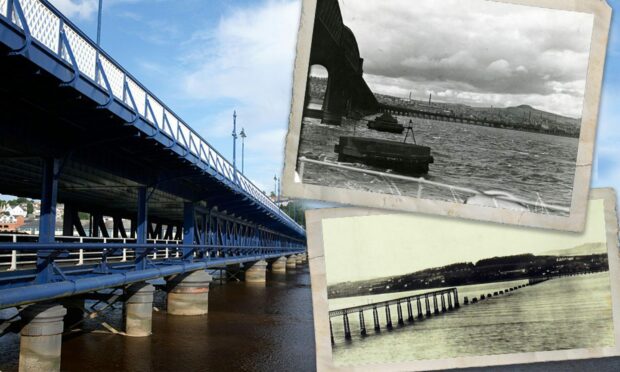
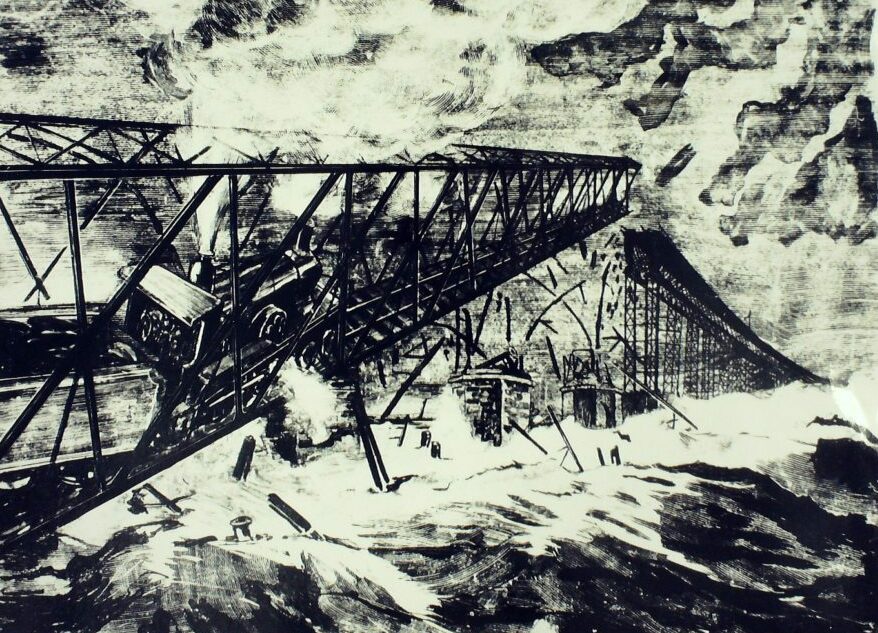
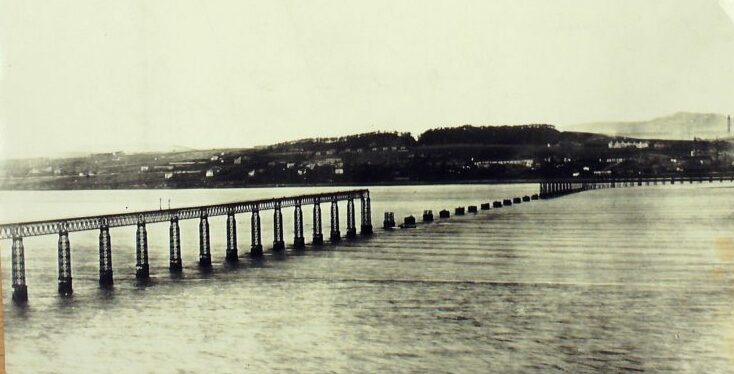
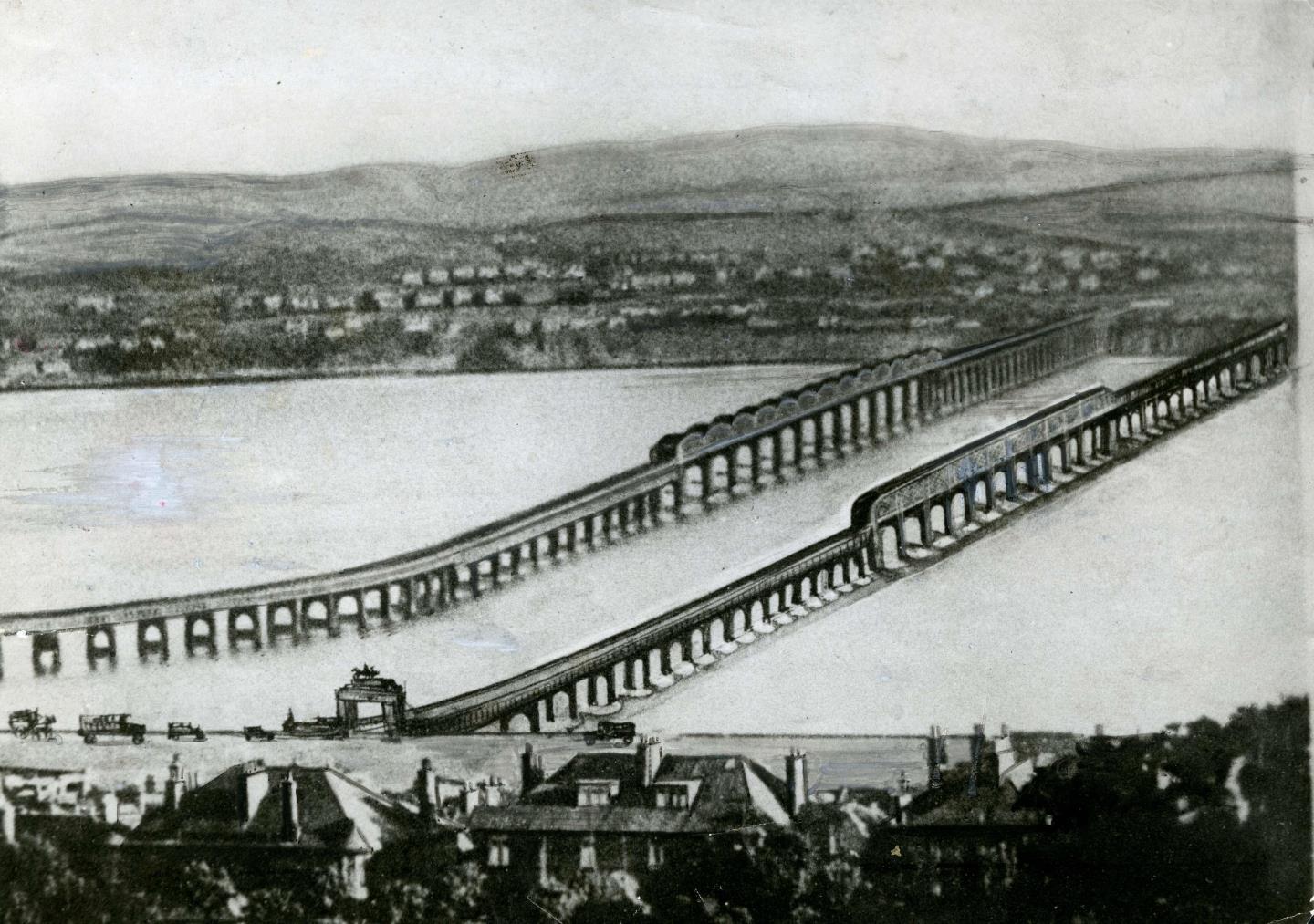
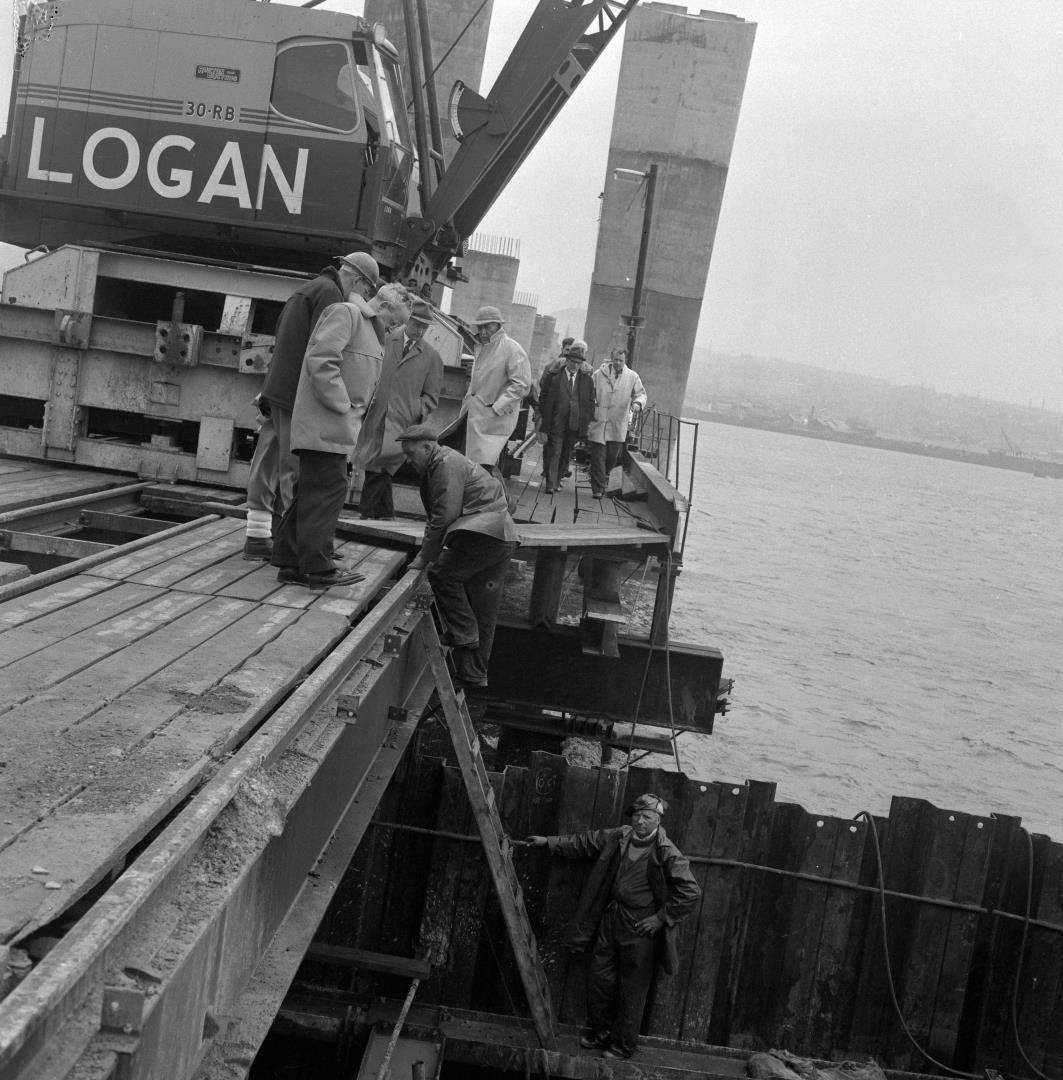
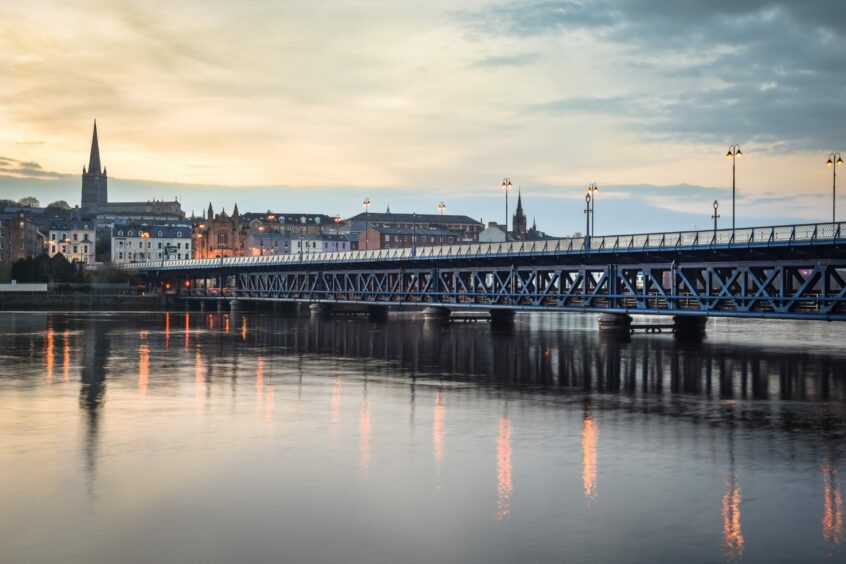
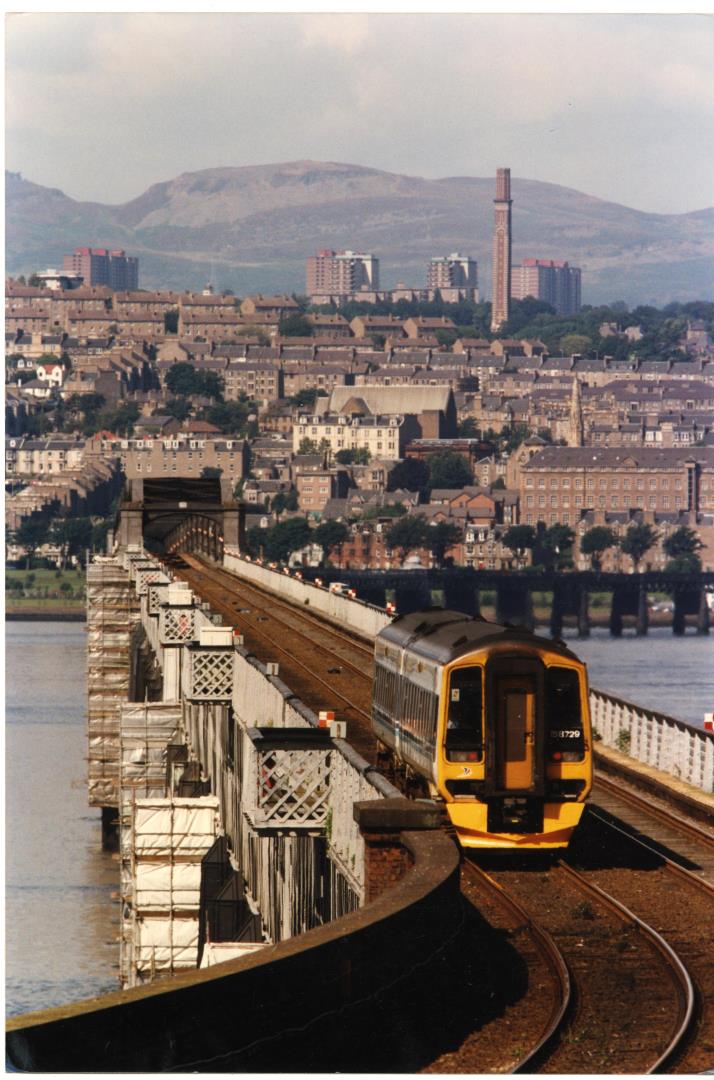
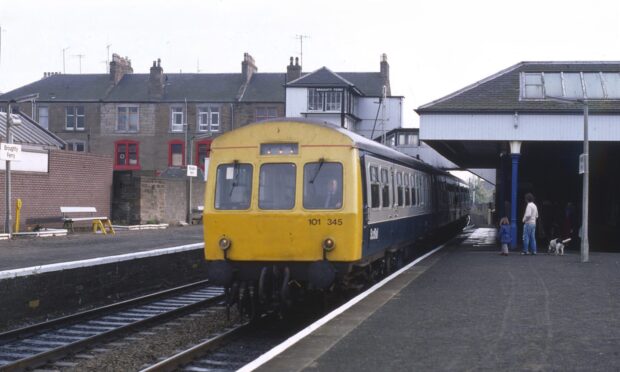
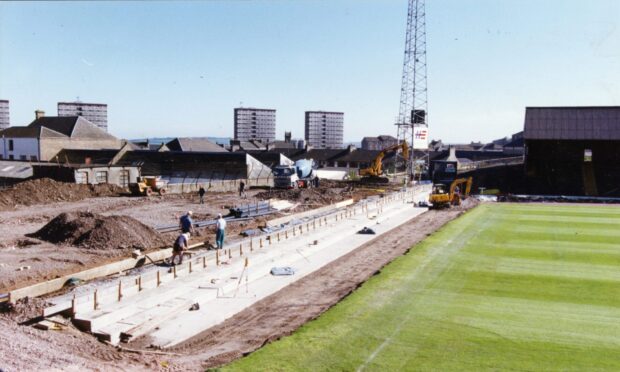
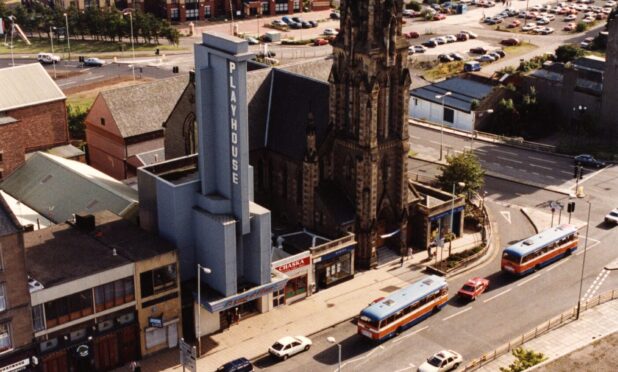
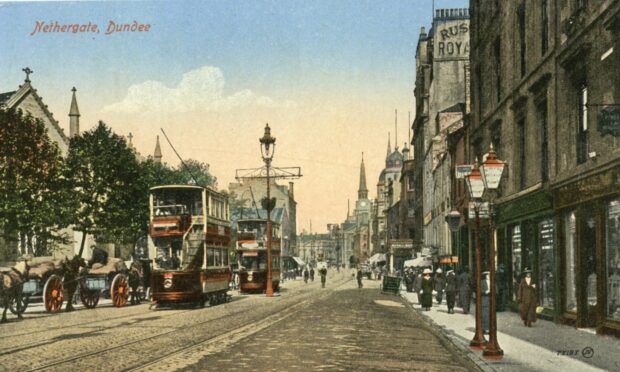


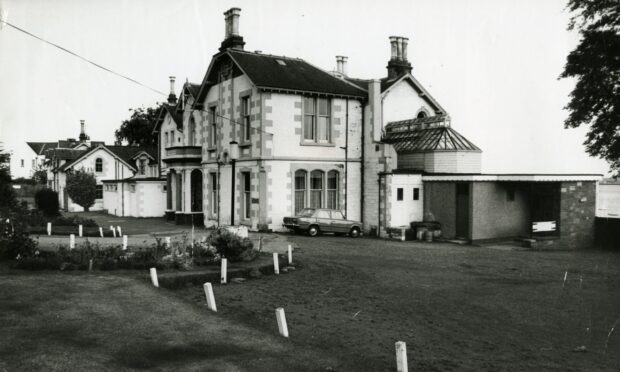
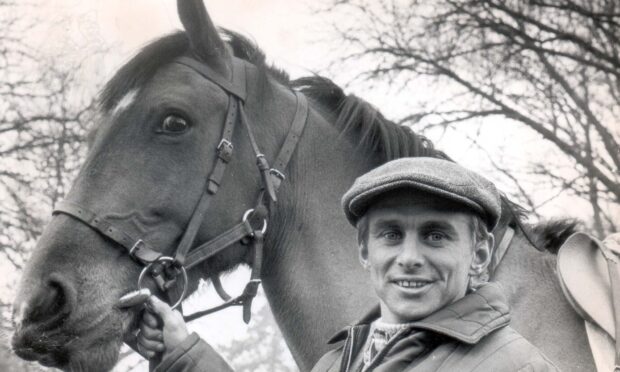

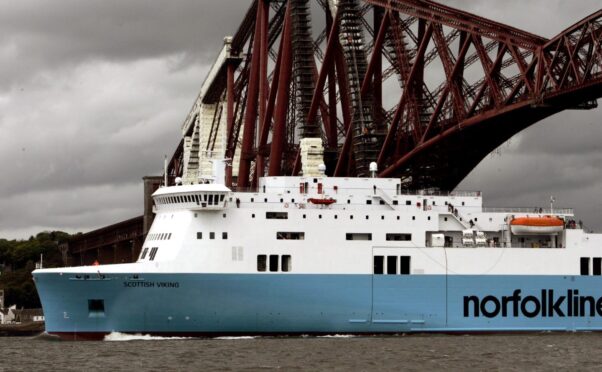
Conversation